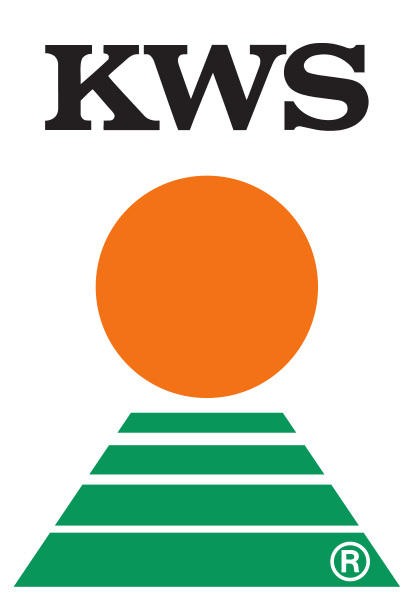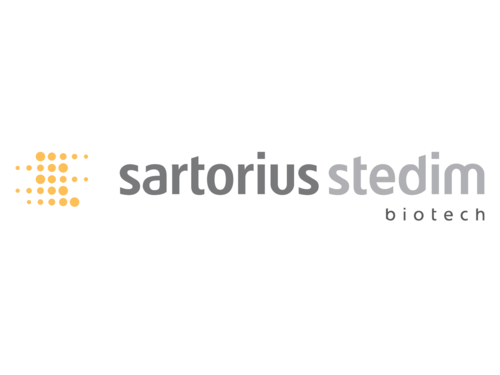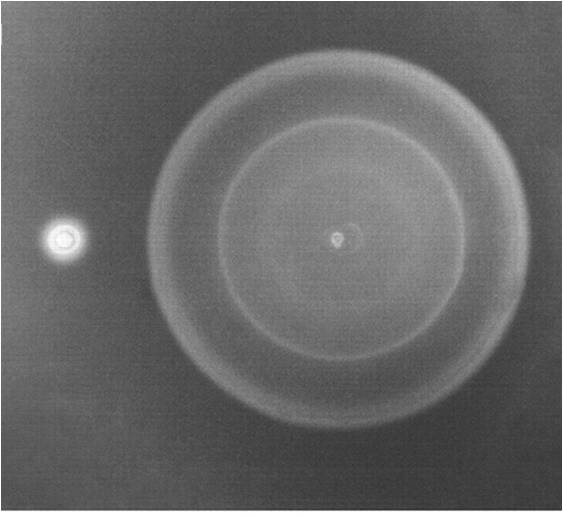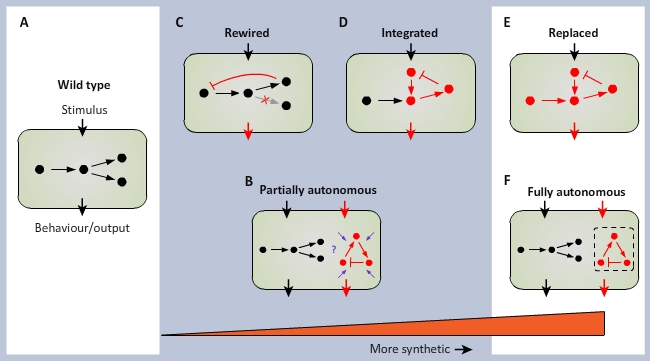Team:Goettingen
From 2012.igem.org
| Line 509: | Line 509: | ||
<img width="400 px" src="http://www.patrickreinke.de/igem/homingcoli.jpg"> | <img width="400 px" src="http://www.patrickreinke.de/igem/homingcoli.jpg"> | ||
<br> | <br> | ||
| - | <font size="-1"> <a href"http://jb.asm.org/content/186/22/7529.full">Clive S. Barker <i> et al. <i> (2004). Increased Motility of Escherichia coli by Insertion Sequence Element | + | <font size="-1"> <a href"http://jb.asm.org/content/186/22/7529.full"> Clive S. Barker <i> et al. <i> (2004). Increased Motility of Escherichia coli by Insertion Sequence Element |
Integration into the Regulatory Region of the flhD Operon. Journal of Bacteriology, Vol. 186: 7529-7537.</a> </font><br> | Integration into the Regulatory Region of the flhD Operon. Journal of Bacteriology, Vol. 186: 7529-7537.</a> </font><br> | ||
</p> | </p> | ||
Revision as of 11:40, 2 August 2012

Welcome to iGEM Göttingen
iGEM is an international competition hosted by the MIT in Boston, USA, for undergraduate students
of disciplines related to molecular biology. iGEM stands for International Genetically Engineered
Machine competition. One the one hand, it targets to combine aspects of education and social
collaboration among undergraduate students, on the other hand, it provides a library for
standardized and interchangeable parts which can be used in living systems, particularly
in model organisms like E. coli. Student groups from all over the world will receive a
requested kit of biological parts, also called "biobricks", and work over the summer on
an individual research project. Every year, the "Registry of Standard Biological Parts"
is upgraded with further biobricks by the participating iGEM teams. These biobricks will
be accessible to the iGEM community in the following years in order to use these parts for
their own projects. Homing Coli
Escherichia coli is a commonly used bacterial model organism. It has lots of beneficial
traits, e.g. a short generation time and it can be easily manipulated. Most E. coli
strains that are used in laboratories do not exhibit high motility. The crucial element for
motility is the flagellum, which is rotated by a molecular motor within the cell wall.
Consequently, these are reduced in cultivated E. coli strains. Synthetic Biology
Synthetic biology is an interdisciplinary scientific area that has recently developed.
It links various fields of science like biology, chemistry, physics, molecular genetics,
informatics and engineering.
|
News04 May 2012, KWS SAAT AG is now headsponsor The IGEM-Göttingen Team is happy to welcome the KWS SAAT AG as head sponsor! For more informations click here.  04 April. 2012, Sartorius AG is now Sponsor
The first sponsor of our IGEM Team is the company Sartorius AG. More informations about our sponsors are here..  Sponsors  |
 "
"

